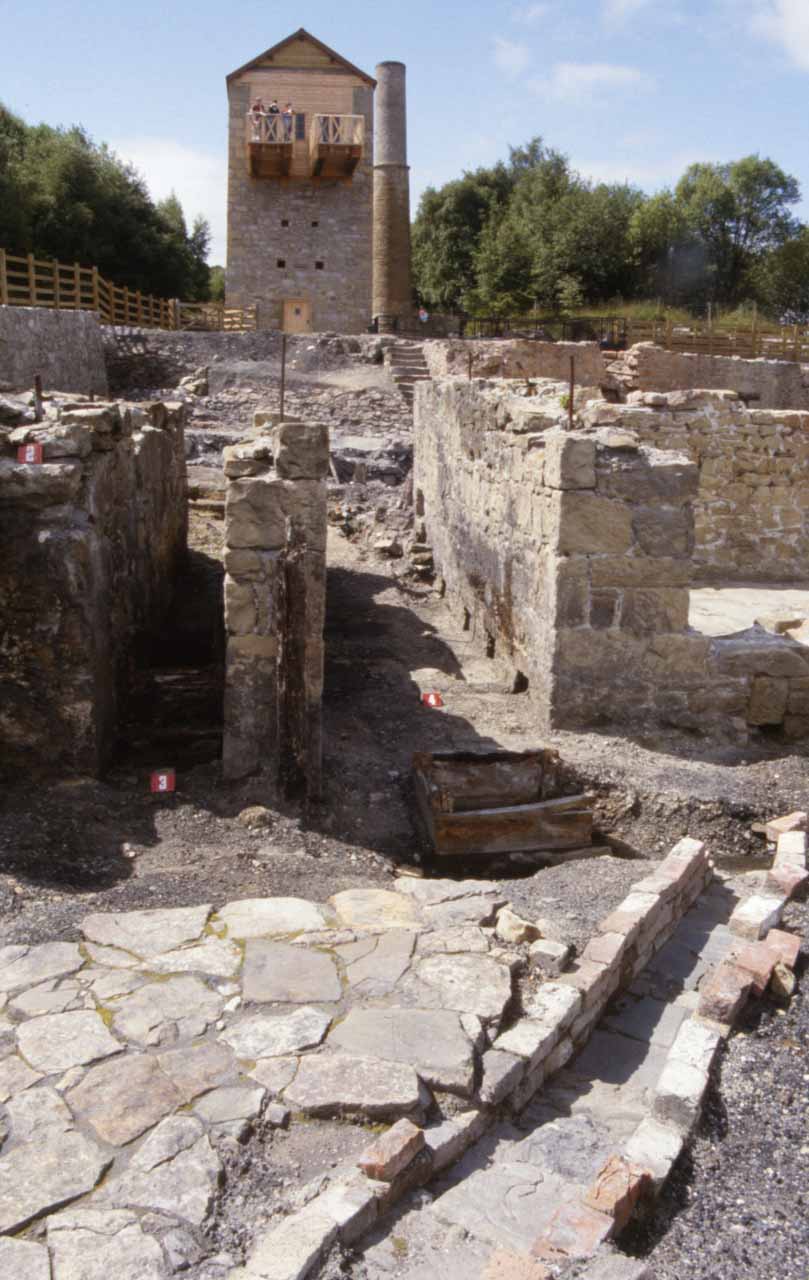Mines
The Welsh landscape contains 1,300 abandoned metal mines, and while many of the sites include designated and undesignated heritage assets such as engine houses, chimneys or dressing floors, they also present a legacy of hazards, which if left unmanaged could have a significant impact upon the natural environment. At present, mining remains in Wales are causing multiple failures to the Water Framework Directive standards in Wales due to the release of residual contaminants that have been left behind by the metal mining process. The increase in extreme weather events due to climate change can also significantly enhance the potential for catastrophic events at these sites by transporting harmful contaminants into water sources as well as placing increasing pressure on the historic remains and enhancing the risk of structural collapse, blockages or blowouts
CPAT have recently been involved in a number of projects on behalf of Natural Resources Wales and the Coal Authority in relation to mine remediation works which may include water management, water monitoring and pollution control. To inform project proposals, CPAT have undertaken a series of desk-based studies of historic mines through an assessment of documentary sources and historic maps. Mitigation for any sensitive areas can then be considered in future project designs. This process has been particularly important as many of the mining remains shown on historic mapping, now have no surface traces at all.


